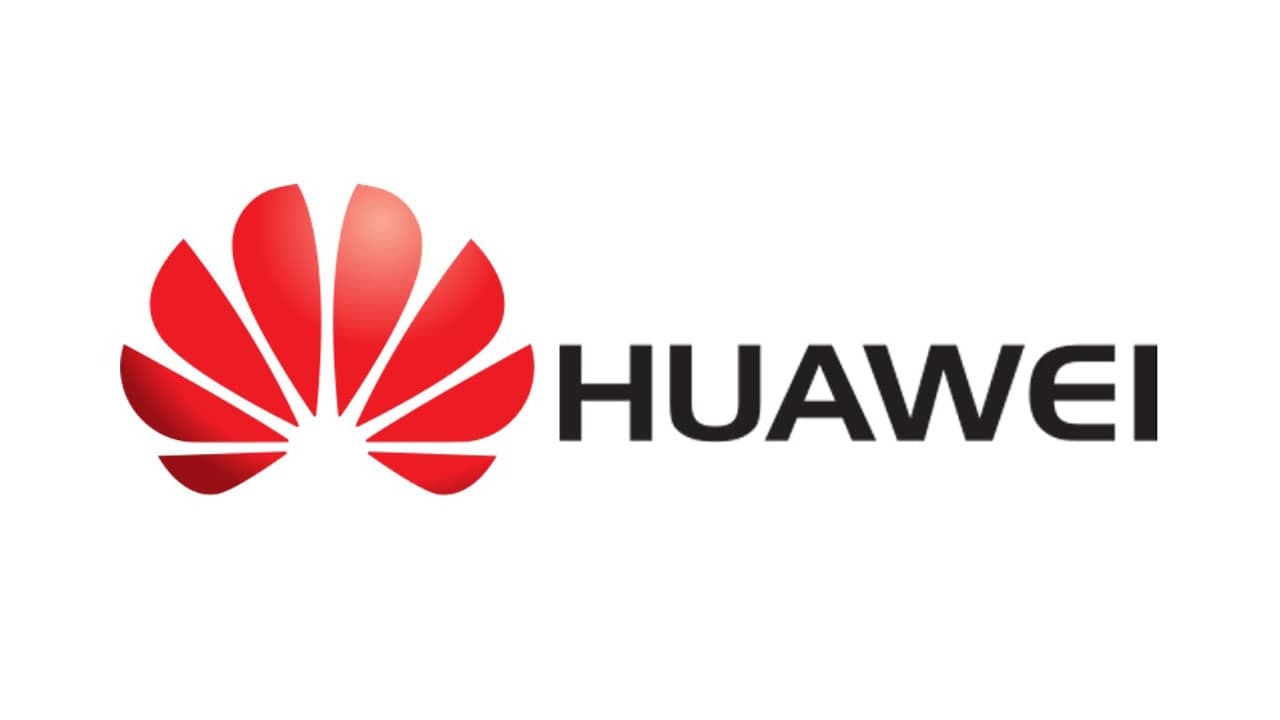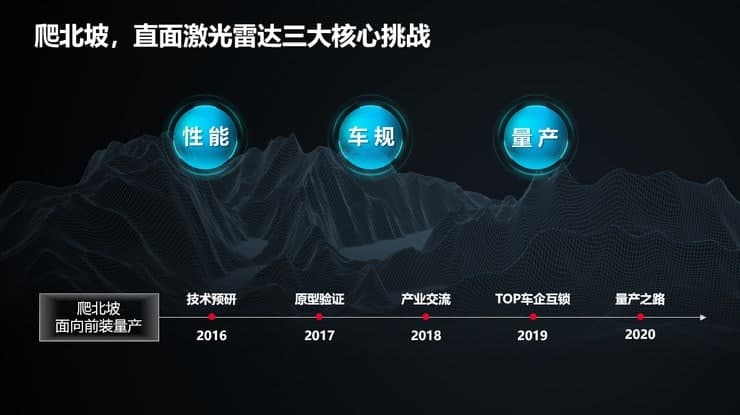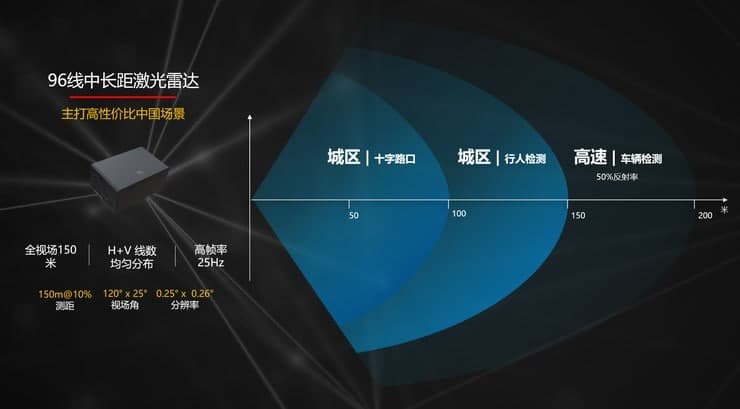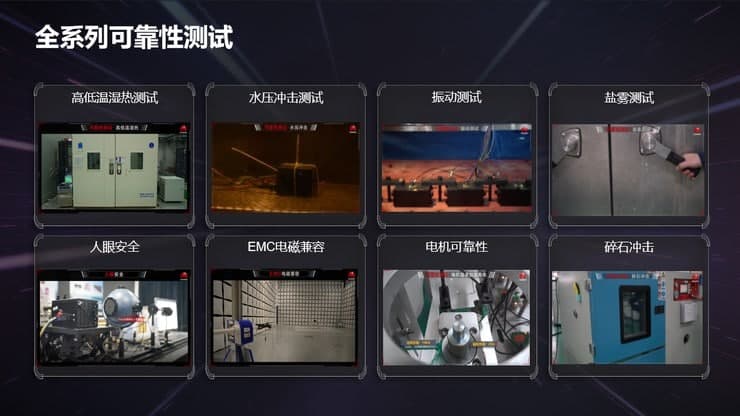Huawei is confident that it will become the world’s first supplier of high-wire-beam lidar with real car specifications.” This is Huawei’s goal in the field of automotive lidar. Although it is rhetoric, it seems to be true.
On December 22, at the T10 ICV CTO Summit hosted by the China Association of Automobile Manufacturers, Huawei officially released automotive-grade high-performance lidar products and solutions for the industry for the first time. Before the Beijing Auto Show, Huawei had also exhibited lidar products, but the details were not announced at that time.
This time, Duan Zhongyi, general manager of Huawei’s Converged Perception Products Department, unveiled its lidar products. Product features such as “car-level” and “high-performance” are gifts that Huawei has brought to the industry.
Huawei told Xinzhijia that Huawei is currently focusing on the pre-installed passenger car market and hopes to maximize product performance and reliability.
As for the product price, Huawei said that because it faces the car-regulated pre-installation mass-production market, the price is not comparable to the after-installation market, but it is competitive in the mass production market. Huawei offers a price that is acceptable for the entire vehicle.

At the same time, Huawei released new lidar products on the front foot, and products on the back foot have landed models.
Also on December 22, BAIC’s high-end new energy brand Arcfox ARCFOX announced that its latest product HBT model will become the world’s first model equipped with Huawei Lidar.
Prior to this, Yu Liguo, deputy general manager of BAIC New Energy and president of ARCFOX BU, revealed that the new HBT vehicle will be equipped with three 96-line lidars.
Although the time for the launch of the new car has not yet been determined, judging from Huawei’s “grand words”, the two parties may try their best to seize the time window. After all, there is only one 4-wire mechanical lidar in the world that has been mass-produced on the Audi A8 model.
Can Huawei achieve the high performance of lidar and vehicle-level features?
Entered into mass production in the past and seized the time window
Exploring the scene is a major wind change in the lidar industry since 2020. In the past, lidar products pursued extreme performance and served the needs of L4 autonomous driving. However, with the upward iteration of smart cars, the strong sensing capability of lidar has become a trend that smart cars just need.
The sensors of current intelligent driving systems mostly rely on mass-produced cameras and millimeter-wave radars. However, Huawei believes that, compared to millimeter-wave radars and cameras, lidars have excellent capabilities in target contour measurement, angle measurement, light stability, and general obstacle detection.
Huawei said: Lidar is a key sensor to solve the continuous autonomous driving experience, and the intelligent driving experience it brings will far exceed any commercially available intelligent driving system.
Because in complex scenarios, lidar does have incomparable advantages:
- For small long-distance obstacles, the angular resolution of the millimeter-wave radar is not enough, and the camera does not recognize the general obstacles at the far end. In this scenario, the lidar may recognize in time.
- For short-range stoppage scenarios, the angular resolution of millimeter-wave radar is not enough. The camera usually needs to accumulate multiple frames, and it takes several hundred milliseconds to confirm the stoppage. However, due to the precise angle measurement ability and contour measurement ability of lidar, it can be 2- Confirm the stoppage in 3 frames, and make a judgment within 100 milliseconds
- In the tunnel scene, when the light changes sharply, the camera does not do much, and millimeter-wave radar generally does not recognize stationary objects. If there is a stationary vehicle at the tunnel entrance, the lidar can accurately recognize it.
- In addition, for unprotected left-turn scenes at intersections and basement scenes, the advantages of lidar can be used.
When product R&D started in 2016, after a lot of research on product requirements in the early stage, Huawei did not start from the traditional rotary mechanical lidar. Instead, Huawei bet on the development of pre-installed mass production products for passenger cars: Performance, vehicle-level, mass-produced lidar.

Based on this positioning, the Lidar team launched the “North Slope Climbing Strategy”, which means climbing Mount Everest from the more difficult northern slope.
On the road to “pre-installation mass production”, Huawei is faced with three major tortures from OEMs: How can pre-installation mass production not sacrifice high performance? How to meet the requirements of car regulations? Do you have mass production capacity?
For these questions, Huawei handed over its own “answer sheet.”
96-line medium and long-range lidar: both high performance and vehicle specifications
In response to the unique scenarios faced by lidar, Huawei has further defined its lidar products. To put it simply, high-speed scenes must be seen far away (ranging capability), complex intersections must be seen wide (horizontal FOV), and near-end and gas-seated scenes must see protrusions (vertical FOV).
Huawei’s 96-line mid- and long-distance lidar products can achieve urban pedestrian-vehicle detection coverage and high-speed vehicle detection capabilities, which are in line with China’s complex road conditions.
Specifically, this product has the following features:
- It has the ranging capability of 150 meters in all-view scenes, and the wide field of view is 120°×25°, which can meet the needs of people and vehicles ranging from urban areas and high-speed scenes.
- In the full field of view, the horizontal and vertical harnesses are evenly distributed, and there is no splicing, jitter, etc., forming a stable point cloud that is friendly to the back-end perception algorithm.
- Small size, meeting the needs of pre-installed mass-produced models.

Take the core components of lidar as an example. Due to long-term accumulation in the fields of optical design, signal processing, and mechanical engineering in the ICT field, Huawei has reconstructed the core components of lidar, including sending modules, receiving modules, and scanners.
The selected micro-rotating mirror scanner architecture is not simply to make a micro-rotating mirror but to perform precise scanning control by deconstructing key components such as motors and bearings to improve the stability and consistency of the point cloud accuracy. The transceiver end uses precise light path control and sophisticated circuit design to improve the photoelectric conversion efficiency of the transceiver module.
However, meeting performance is only the first step for car-level lidar. To achieve car-level lidar, there are still many reliability problems. Huawei said that the reliability of automotive lidar not only comes from the selection of automotive-grade components but also relies on overall architecture design and massive reliability test verification.
For example, the motor is the core component of lidar, and its vehicle regulation capability has always been the focus of the industry. Huawei has 20 years of accumulation in the motor field. At the same time, relying on 2.5 billion motor reliability testing experience, Huawei has designed a laser radar scanning motor that meets the requirements of vehicle regulations.
Huawei said that the reliability of its product motors can meet the most stringent car companies’ requirements for the working life of lidar.

For scenes such as high and low temperature and humidity, water pressure, vibration, salt spray, eye safety, EMC (electromagnetic compatibility), gravel impact, and other scenarios required by vehicle regulations, Huawei strictly implements ISO international standards, even based on the special features of TOP car companies Requirements, more stringent tests were done. In addition, Huawei has also made corresponding considerations in product installation, cleaning, and heating.
Based on the requirements of different scenarios, Huawei can provide different lidar configurations. For example, only for high-speed cruising scenes, a forward lidar can be configured to deal with gantry, tunnel scenes, ETC lifting rods, and other issues.
However, for a continuous intelligent driving experience in all scenarios, three lidars need to be configured to solve the challenges of urban cruises and park parking.
In terms of the cleaning and heating of lidar products, Huawei has also independently designed an intelligent cleaning wind tunnel system and an intelligent driving system to meet the needs of the product in actual use.
At present, Huawei has established the first Pilot production line of the first automotive-grade lidar. Facing the demand for mass production at the level of one million, Huawei has been advancing with an annual output of 100,000 sets/line to meet future mass production needs.
To sum up:
Some time ago, some leading OEMs coincidentally announced that they will use lidar in new cars, such as local new car power Xiaopeng, foreign new car Lucid, traditional giant Honda, and other players. It can be seen that “pre-installation mass production” has become a problem that lidar suppliers must solve.
In other words, only when products appear with high performance, meet the requirements of vehicle regulations, and have mass production capabilities, can they enter the scope of choice of OEMs.
At present, domestic and foreign lidar suppliers, including Innoviz, Livox, and Sagitar, are also targeting the “pre-production” market. Who will become the next player to really come up with car-level results?












